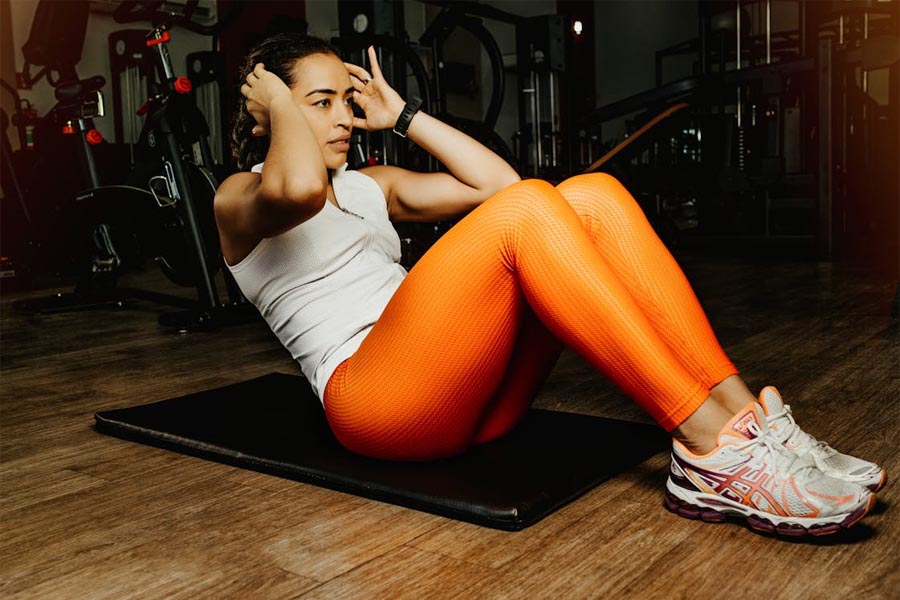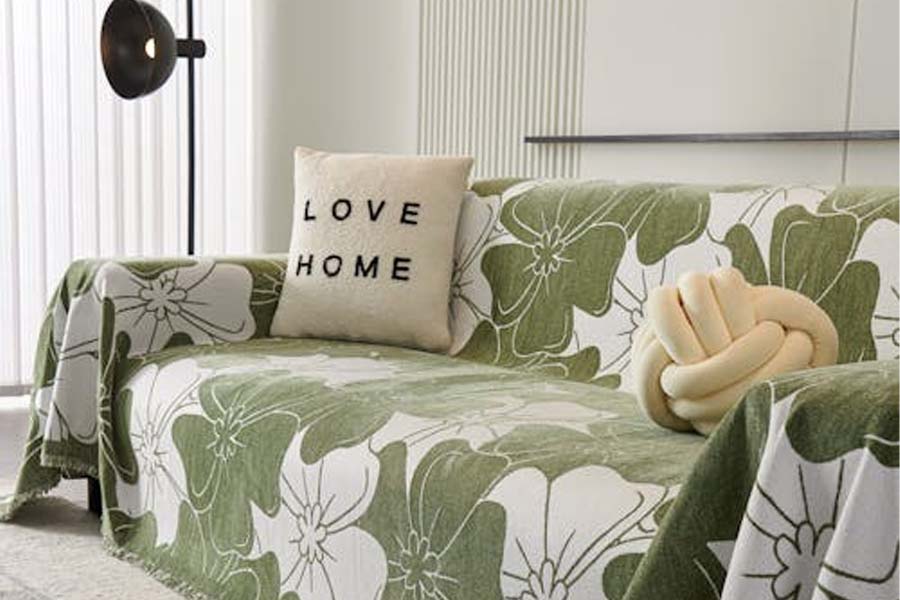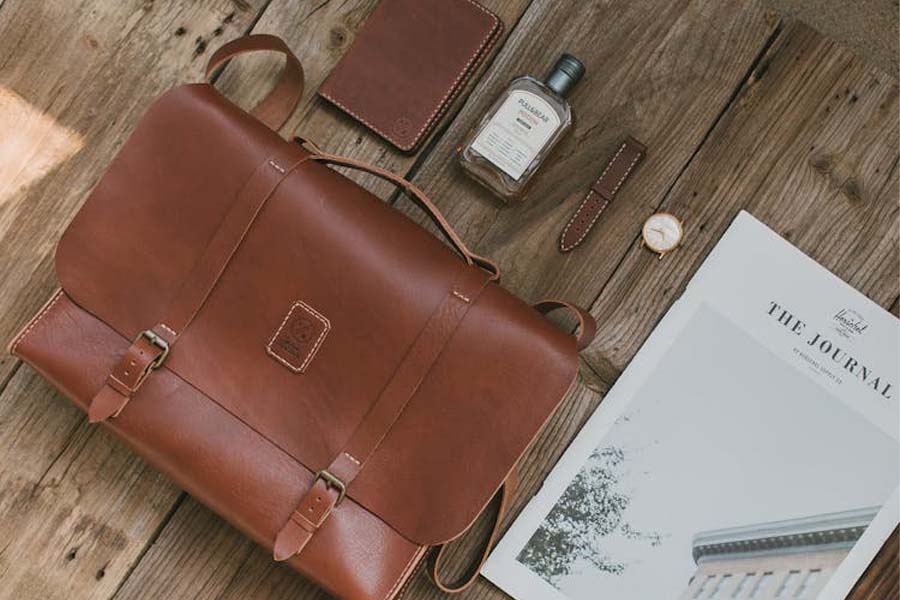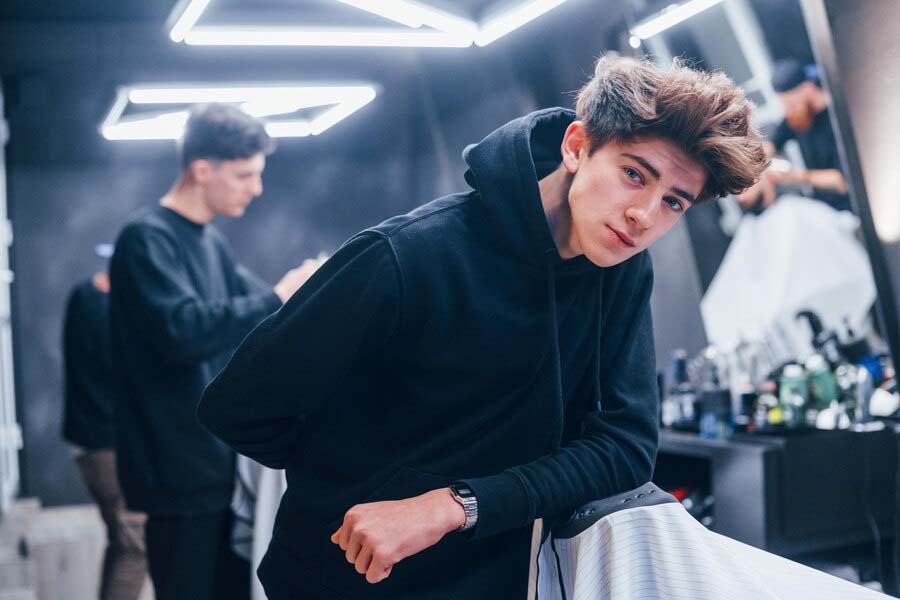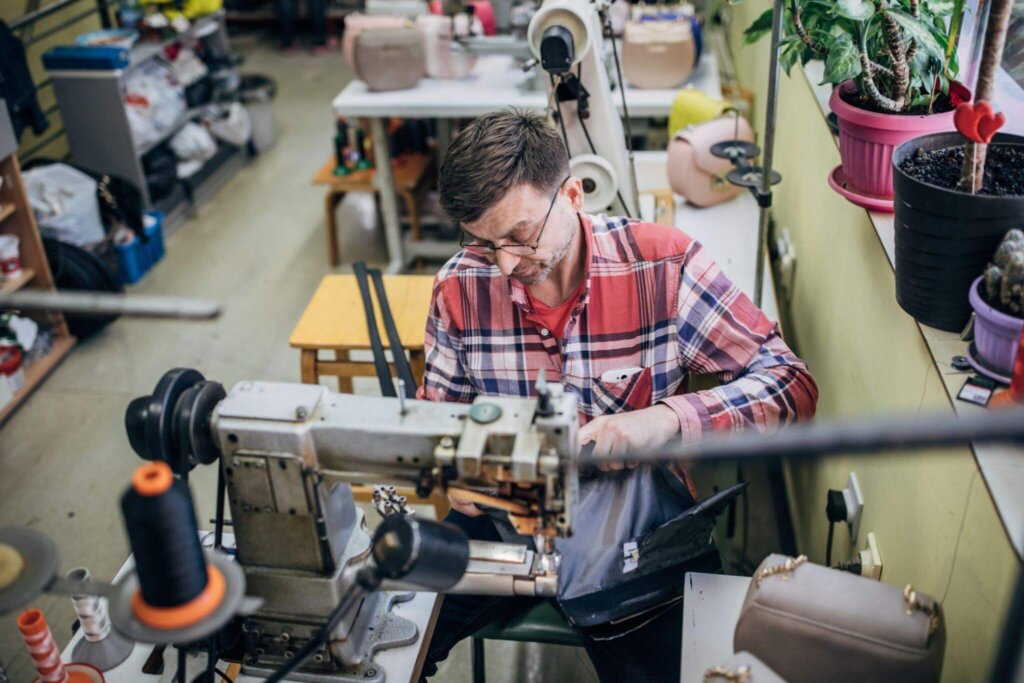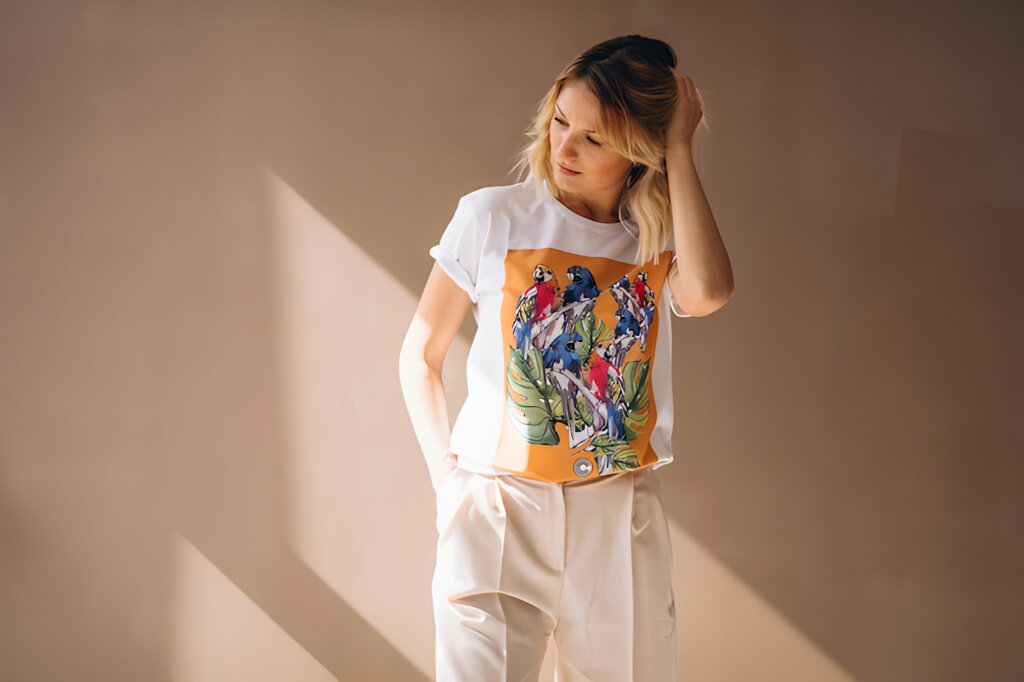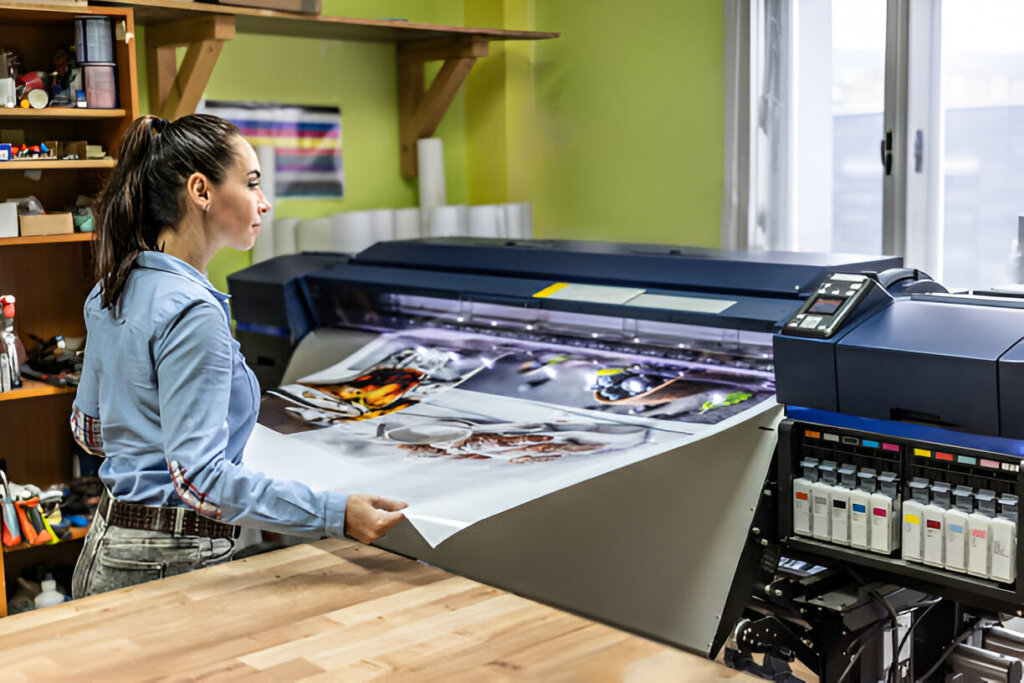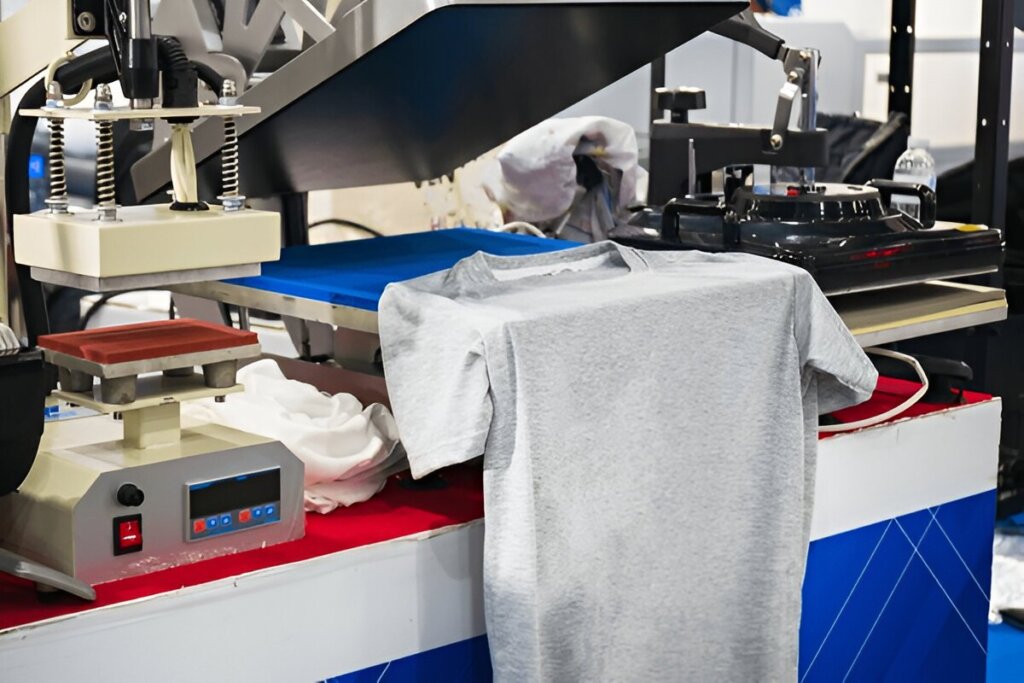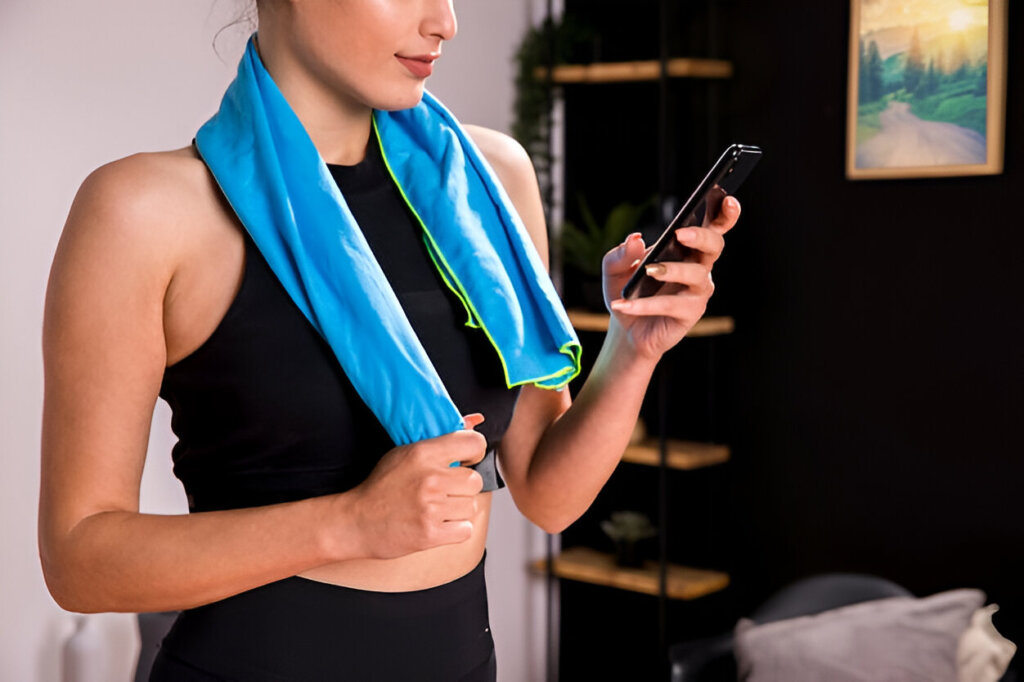Rompers represent a versatile garment category blending style and functionality. This comprehensive guide examines romper construction, styling applications, and evolving market relevance for fashion professionals and retailers.
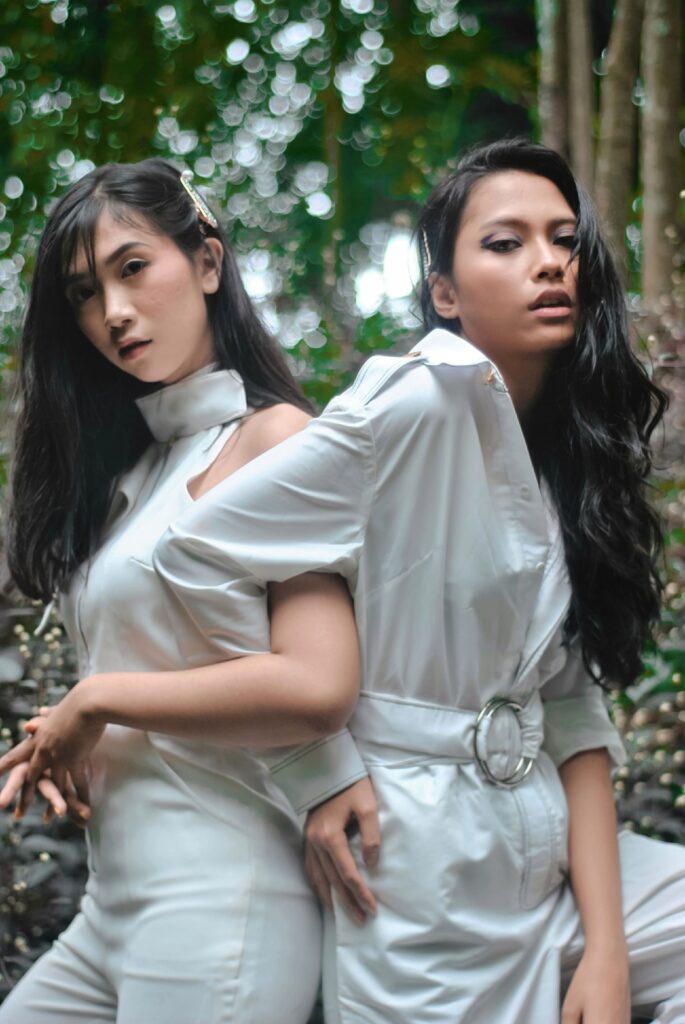
Romper Definition and Construction
A romper is a unified garment combining upper torso coverage with integrated shorts. Key technical specifications include:
- Single-piece construction eliminating waist seams
- Short-length leg components (typically above knee)
- Lightweight, breathable fabrics (cotton blends, linen, technical synthetics)
- Varied sleeve configurations (sleeveless, cap, short, or long)
Modern rompers integrate performance features like moisture-wicking properties and four-way stretch, particularly in activewear designs.
Romper vs. Jumpsuit: Technical Differentiation
| Feature | Romper | Jumpsuit |
|---|---|---|
| Leg Length | Above knee | Full length |
| Seasonality | Primarily warm weather | Year-round |
| Formality Range | Casual to semi-formal | Casual to formal |
Romper vs. Onesie: Functional Distinctions

Unlike onesies which feature enclosed feet and snap closures, rompers maintain:
- Open leg designs allowing unrestricted movement
- No requirement for underlayers
- Adult styling suitable for public wear
Romper Category Applications
Menswear Rompers (Romphims)
Male-targeted rompers incorporate structured tailoring elements:
- Collared necklines
- Contoured waistbands
- Performance stretch fabrics
Infant Romper Design
Baby rompers feature specialized functional components:
- Snap-crotch closures for diaper access
- Reinforced knee areas for crawling
- OEKO-TEX certified fabrics
Ludyway’s custom baby clothing production incorporates these features with size-grading precision.
Plus-Size Technical Considerations
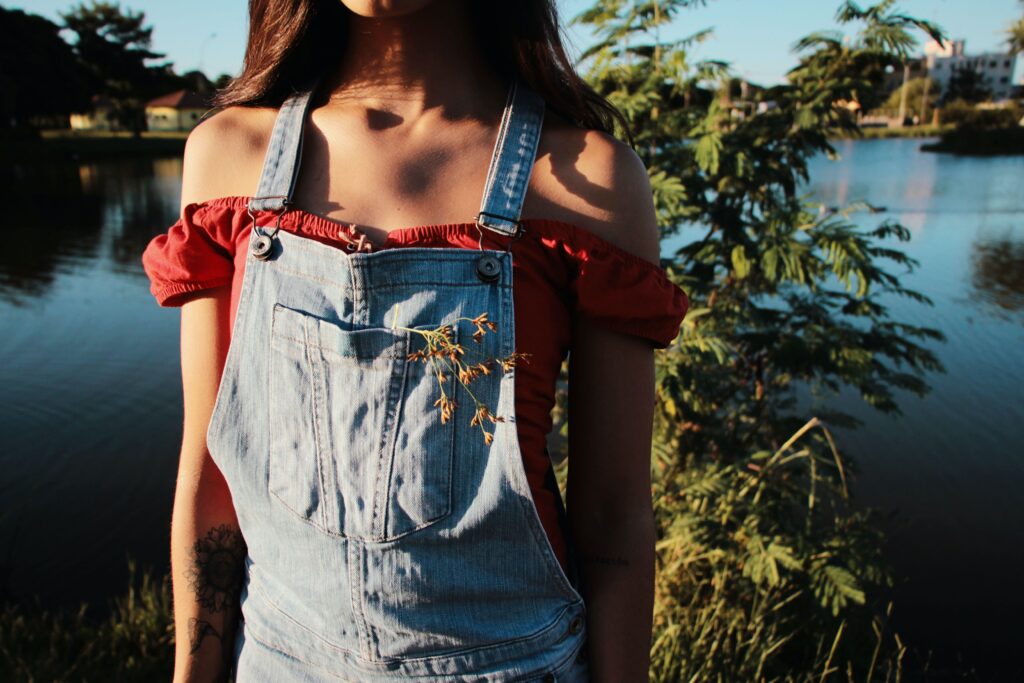
Extended sizing requires specialized pattern engineering:
- Strategic dart placement for contouring
- Power mesh panel integration
- Differential stretch fabrics
- Supportive underbust structuring
Professional Styling Techniques
Advanced romper styling incorporates these industry approaches:
- Silhouette Optimization: Match cut to body proportions (A-line for pear, straight for rectangle)
- Layering Systems: Structured blazers for professional settings, lightweight kimonos for casual
- Footwear Pairing: Block heels for elongation, ankle boots for transitional seasons
- Accessory Integration: Wide belts for waist definition, statement necklaces for neckline emphasis
- Texture Play: Contrasting fabric combinations like silk-chiffon with denim jackets
Formality Adaptation
Romper formality levels depend on these design elements:
| Casual | Semi-Formal | Evening |
|---|---|---|
| Jersey knits | Crepe fabrics | Dupioni silk |
| Prints/patterns | Solid colors | Embellishments |
| Spaghetti straps | Cap sleeves | Off-shoulder |
Technical Specifications
Performance Fabrics
Contemporary romper manufacturing utilizes advanced textiles:
- Moisture-wicking micro-polyesters
- Stretch-woven blends with 3-5% elastane
- Tencel™ lyocell for thermoregulation
- Recycled nylon for sustainable lines
Ludyway’s cut and sew expertise ensures precision handling of technical fabrics.
Functional Design Advantages
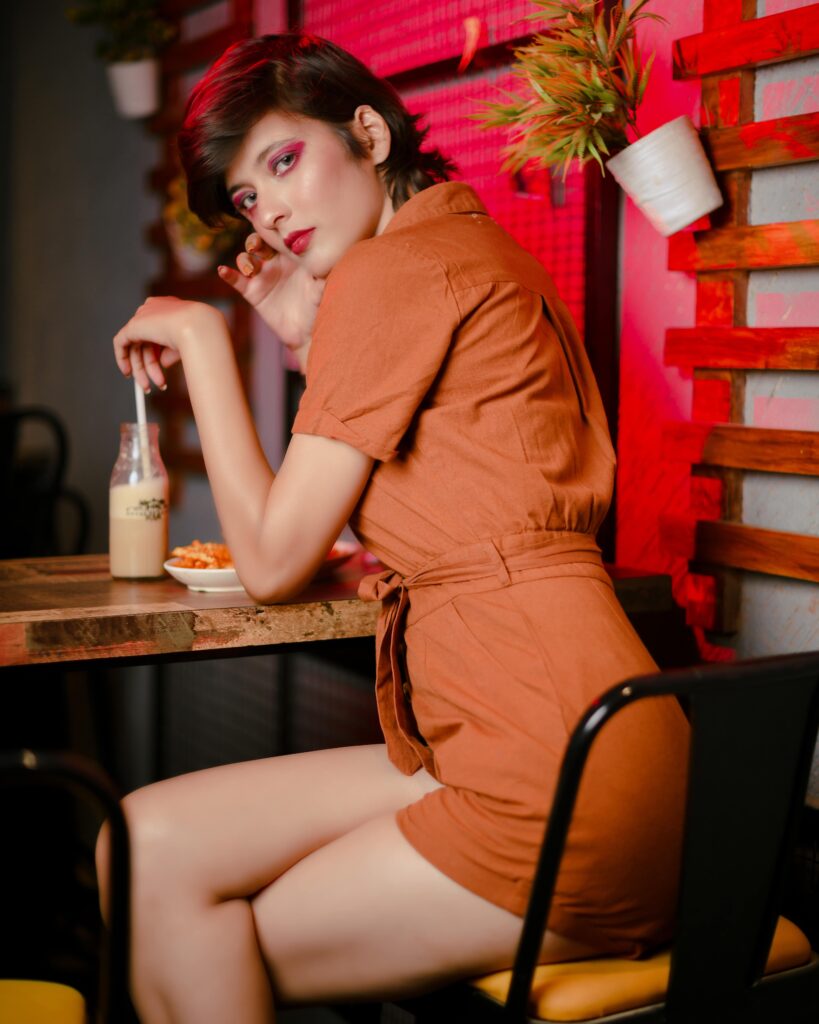
Rompers outperform separates through:
- 360-degree mobility without displacement risk
- Reduced friction points at waistline
- Temperature regulation through strategic ventilation
- Streamlined packing for travel
Seasonal Adaptability
Summer Technical Features
Warm-weather rompers integrate:
- UPF 50+ sun protection
- Mesh ventilation panels
- Quick-dry fabric technology
Ideal for resortwear collections and tropical destinations.
Winter Transition Systems

Cold-weather adaptation strategies:
- Thermal-lined versions with brushed interiors
- Layering compatibility with turtlenecks and tights
- Extended sleeve variations with thumbholes
- Coordinated outerwear pairings (puffer vests, wool coats)
Footwear Integration
Professional styling pairings by context:
| Setting | Footwear Recommendation | Height Impact |
|---|---|---|
| Beach | Wedge sandals | +3-4″ elevation |
| Urban | Fashion sneakers | +1-2″ elevation |
| Evening | Block-heel ankle boots | +3-4″ elevation |
2025 Market Projections
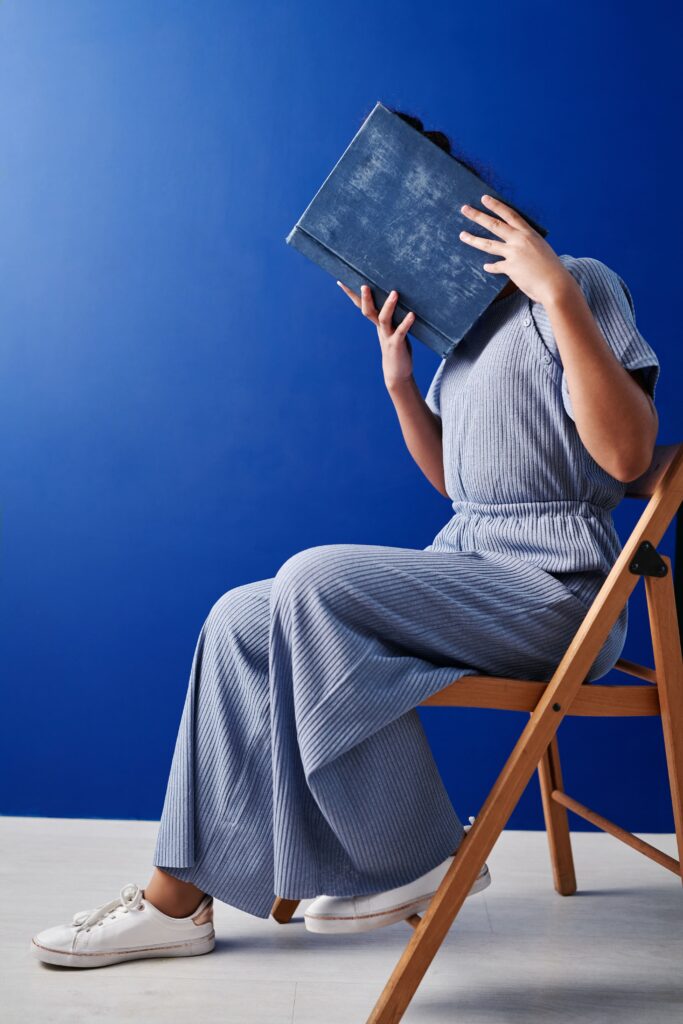
Rompers maintain commercial relevance through:
- Workwear Evolution: Office-appropriate versions with structured blazers
- Technical Integration: Smart fabric applications in athleisure
- Sustainable Production: Increased use of recycled materials (up 35% YOY)
- Size Inclusivity: Extended sizing adoption by 85% of major brands
Design innovations include convertible rompers transitioning from day to night via detachable elements.
Consumer Adoption Drivers
Market research indicates sustained growth through:
- Time-poor consumers valuing single-piece dressing
- Gen Z preference for gender-fluid designs
- Social media-driven style versatility demands
- Increased workplace casualization
Ludyway’s design team anticipates 18% YOY romper production growth through 2026.
Conclusion
Rompers represent a strategically important category combining consumer appeal with production efficiency. Their technical evolution—from basic warm-weather garments to sophisticated four-season solutions—demonstrates significant category resilience. For fashion brands, rompers offer efficient SKU development with high wearability across demographics.
As global apparel manufacturers, we enable brands to capitalize on romper trends through technical design expertise and flexible production capabilities. Contact Ludyway to develop romper collections aligned with 2025 market opportunities.


